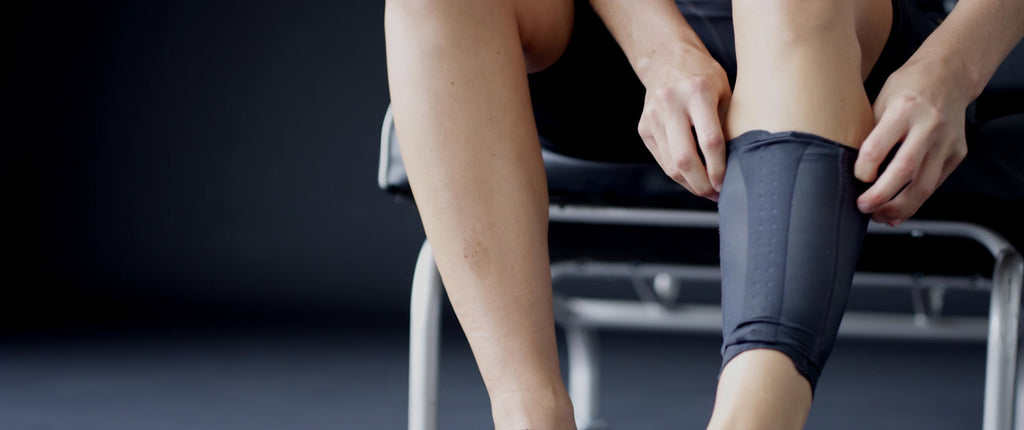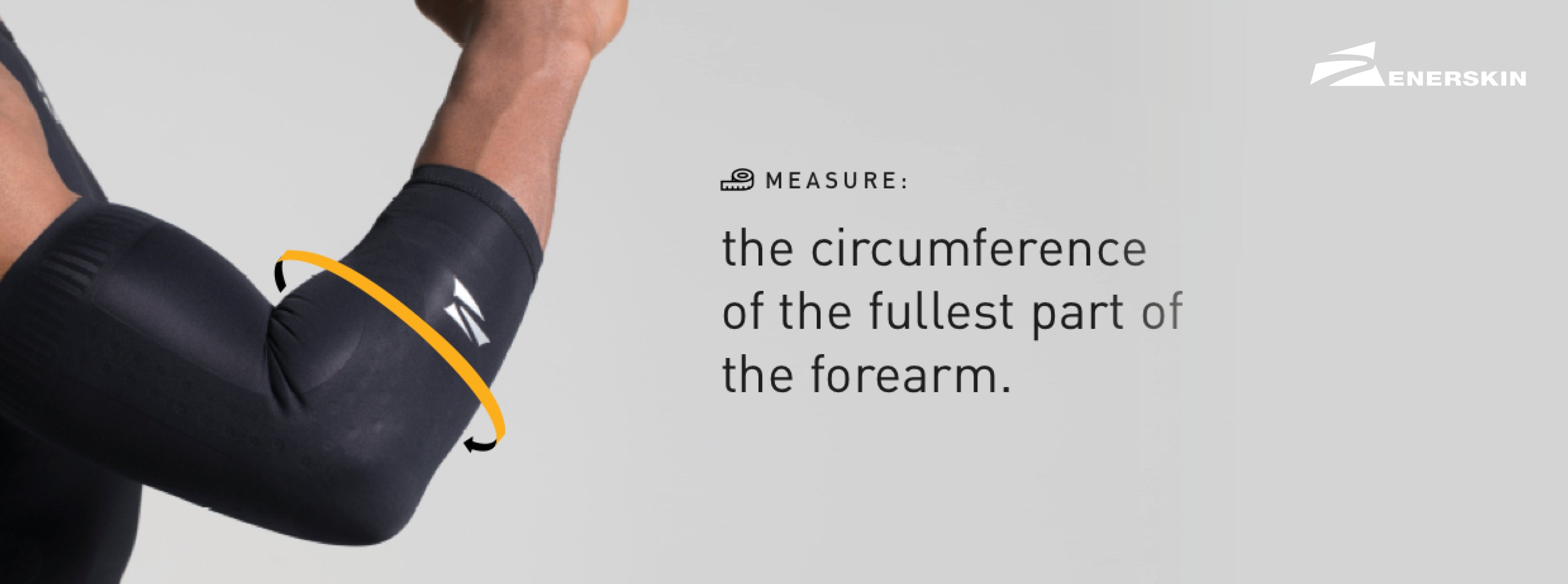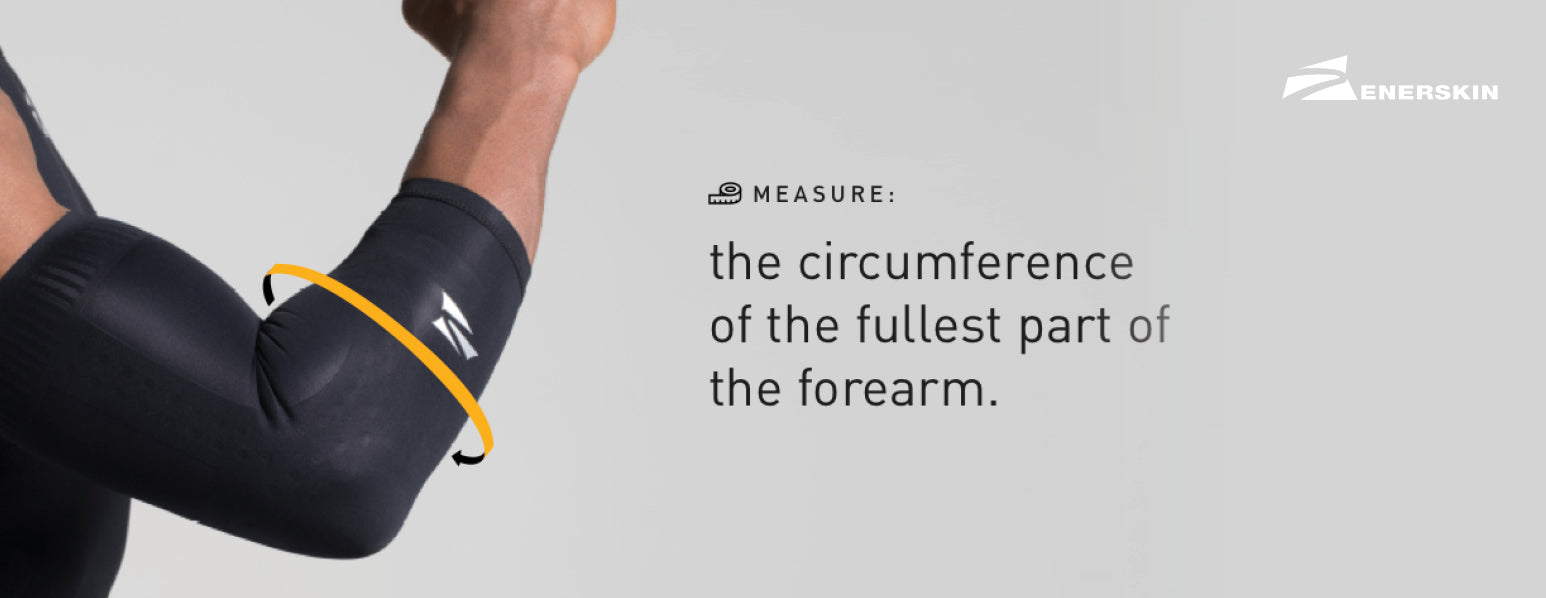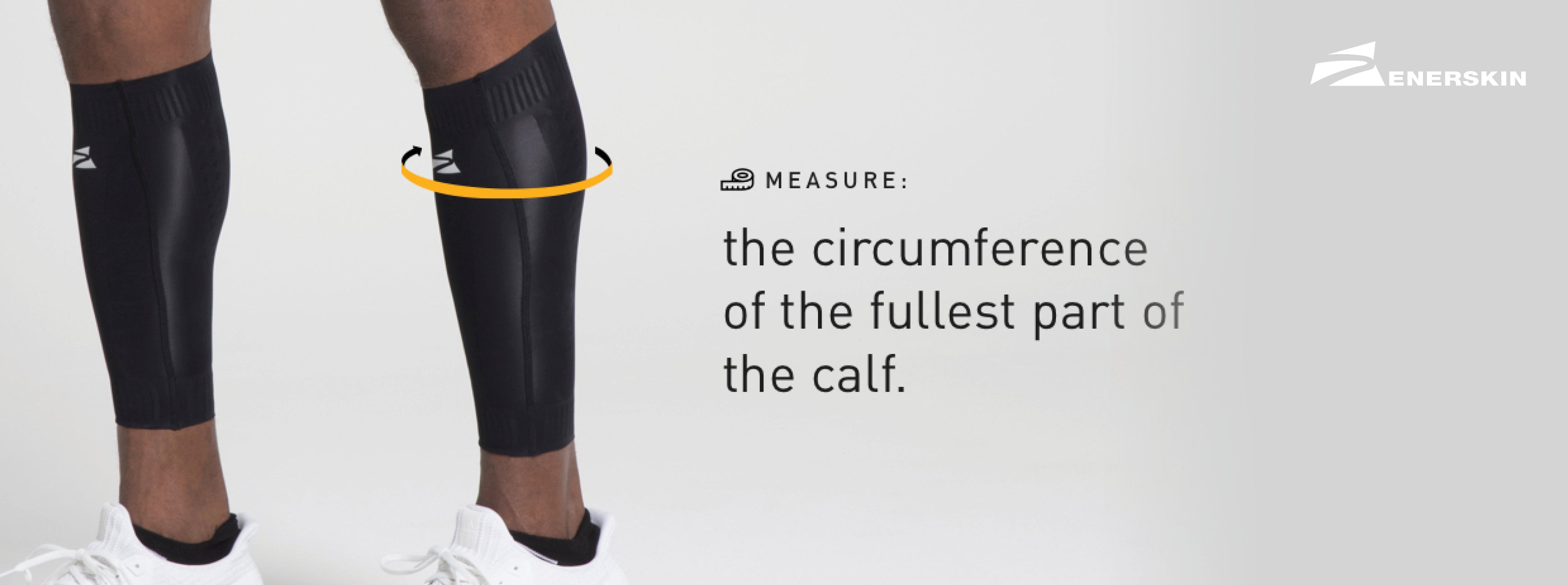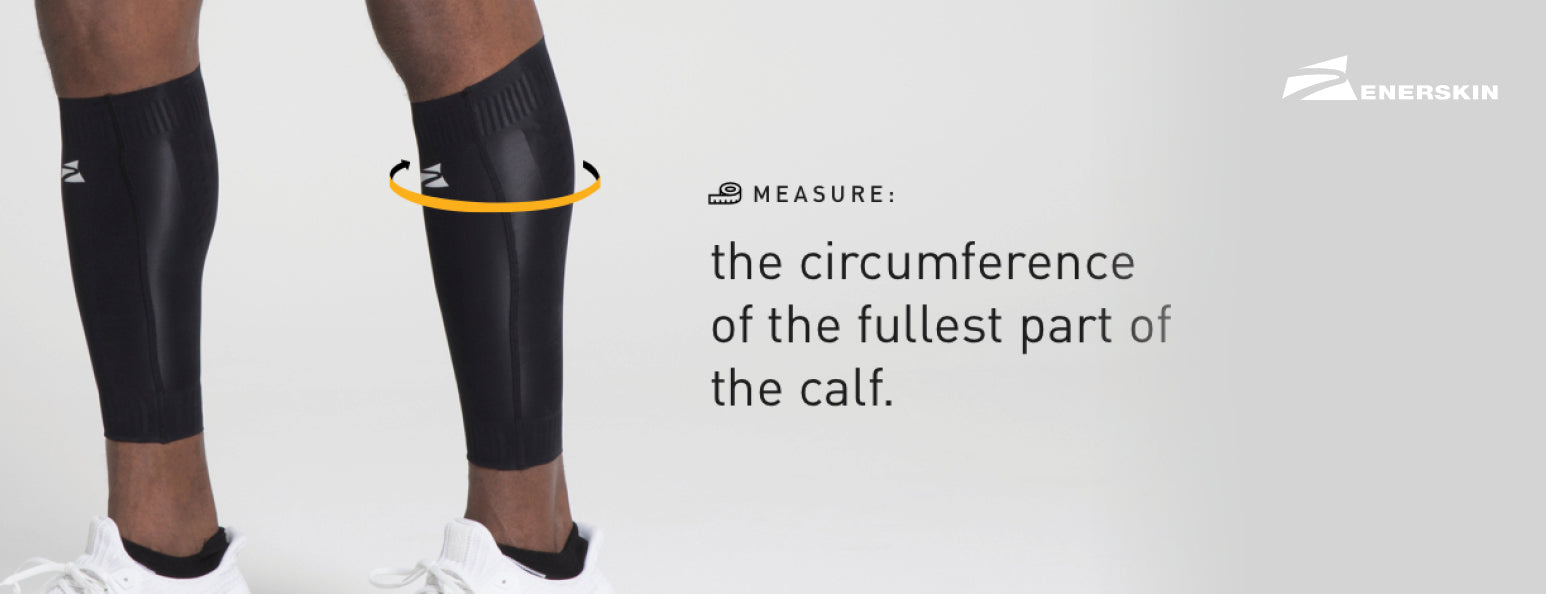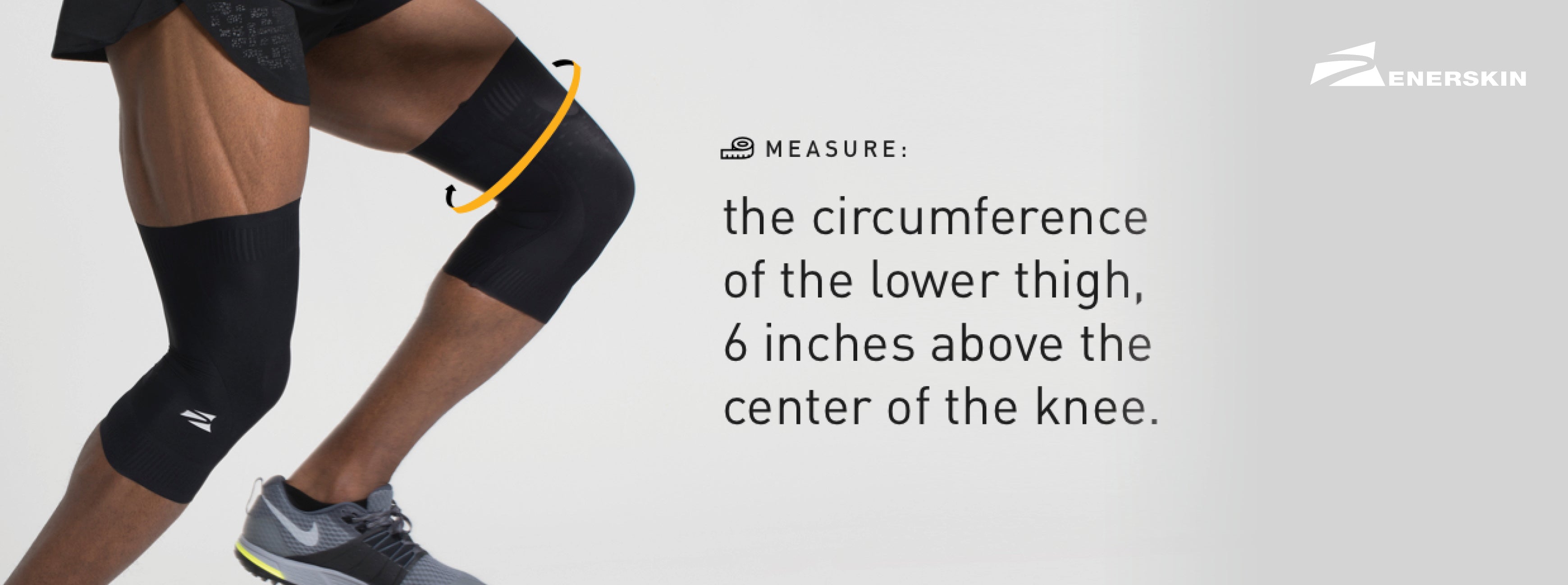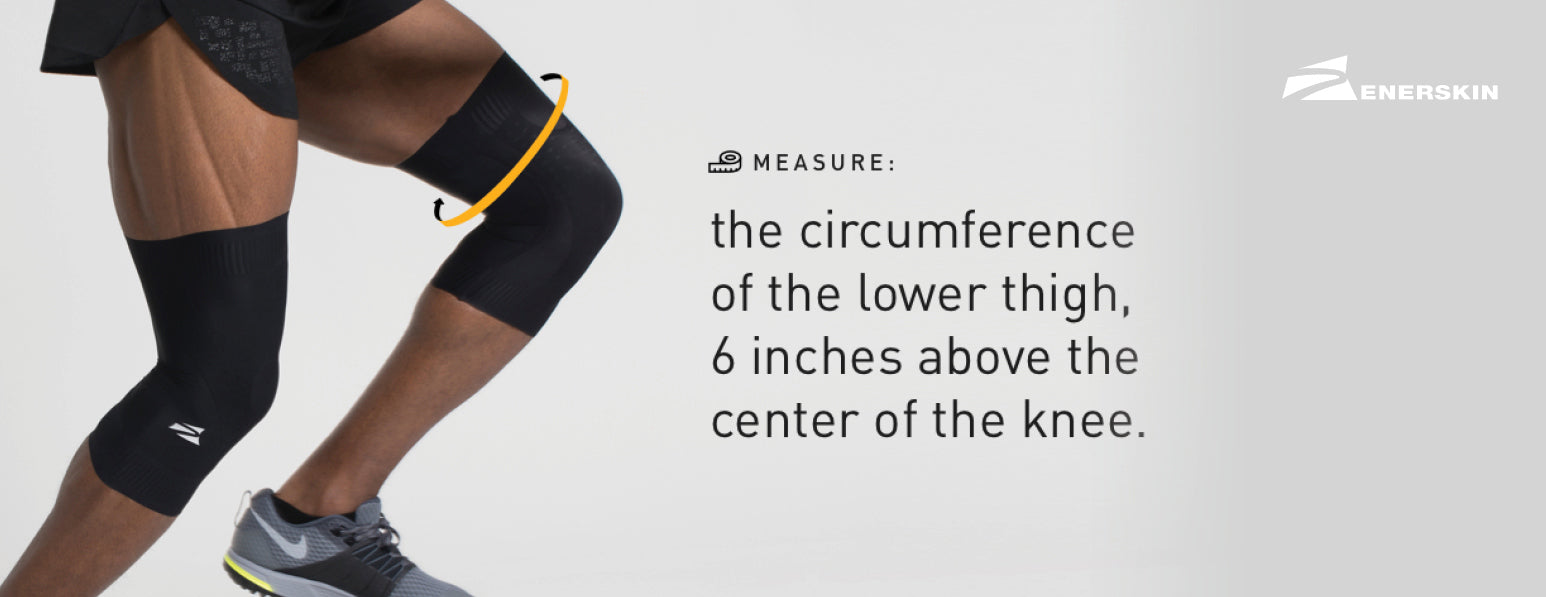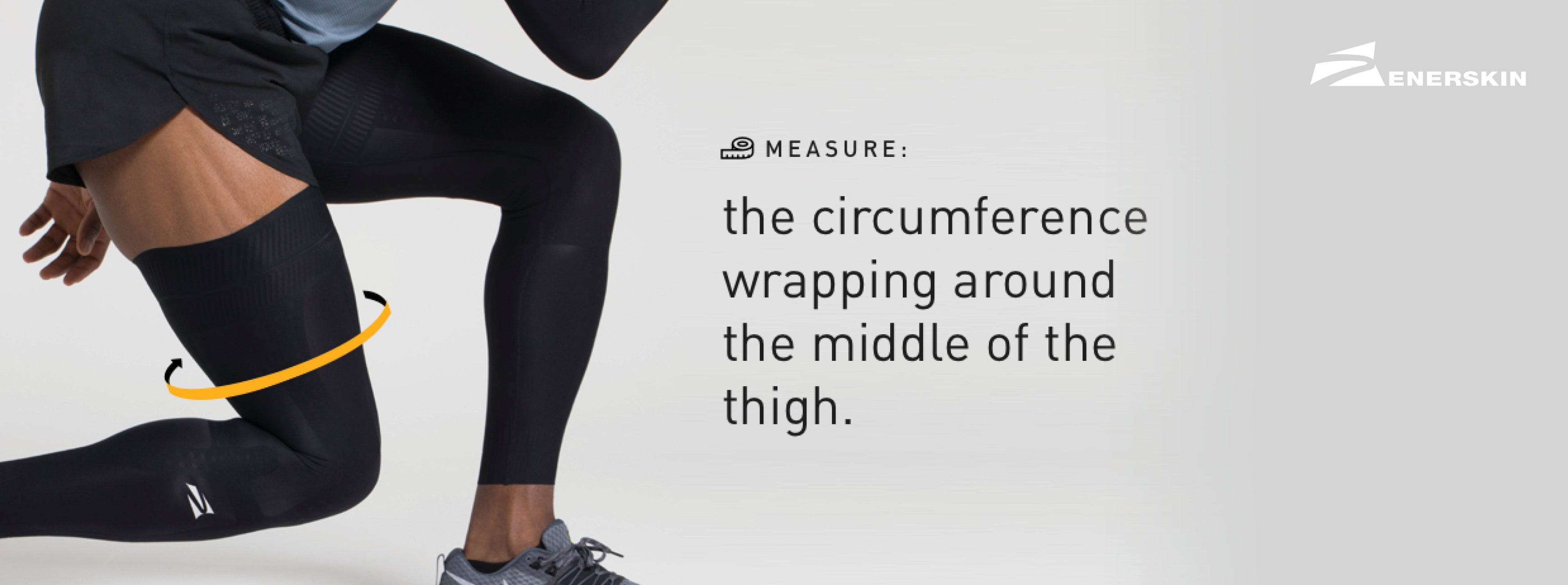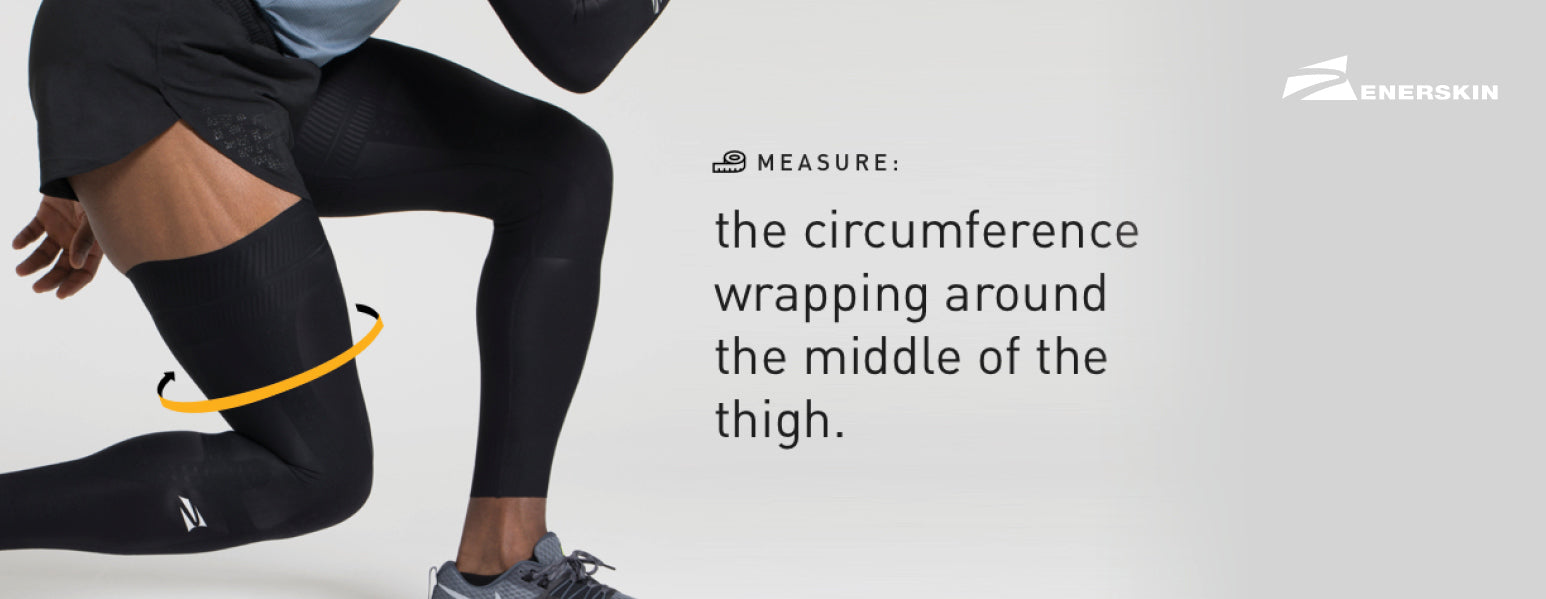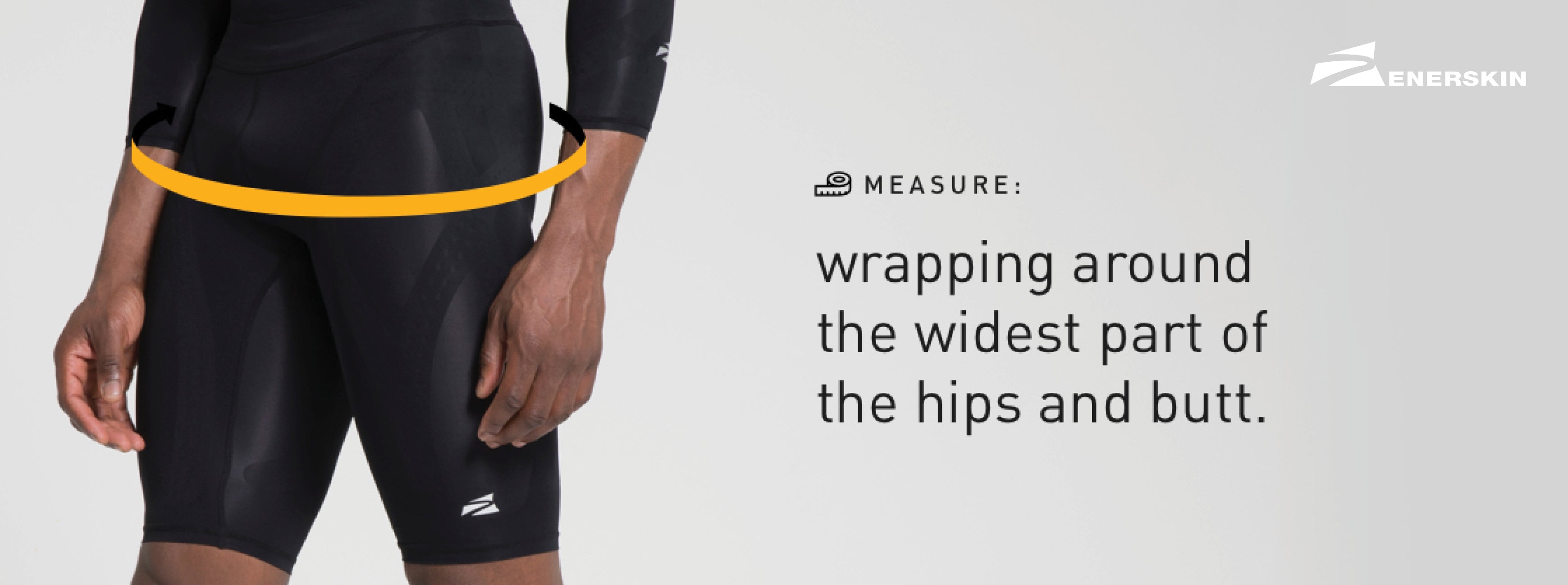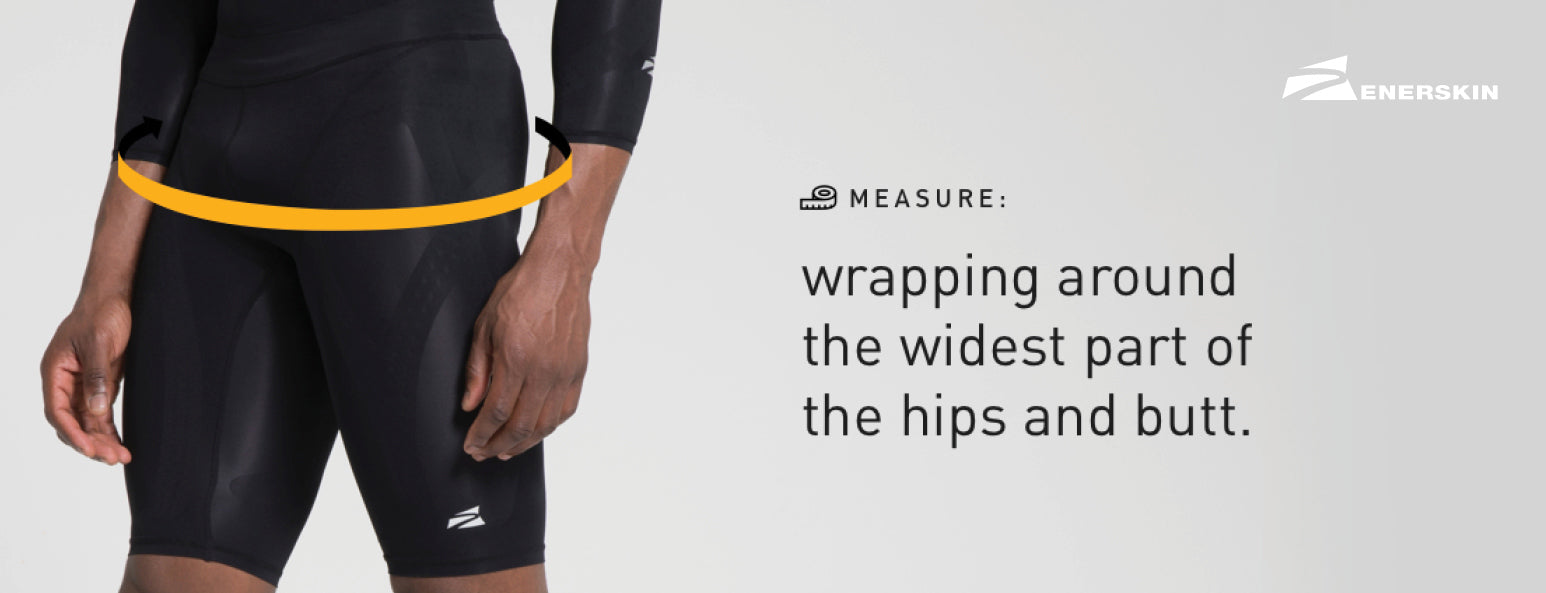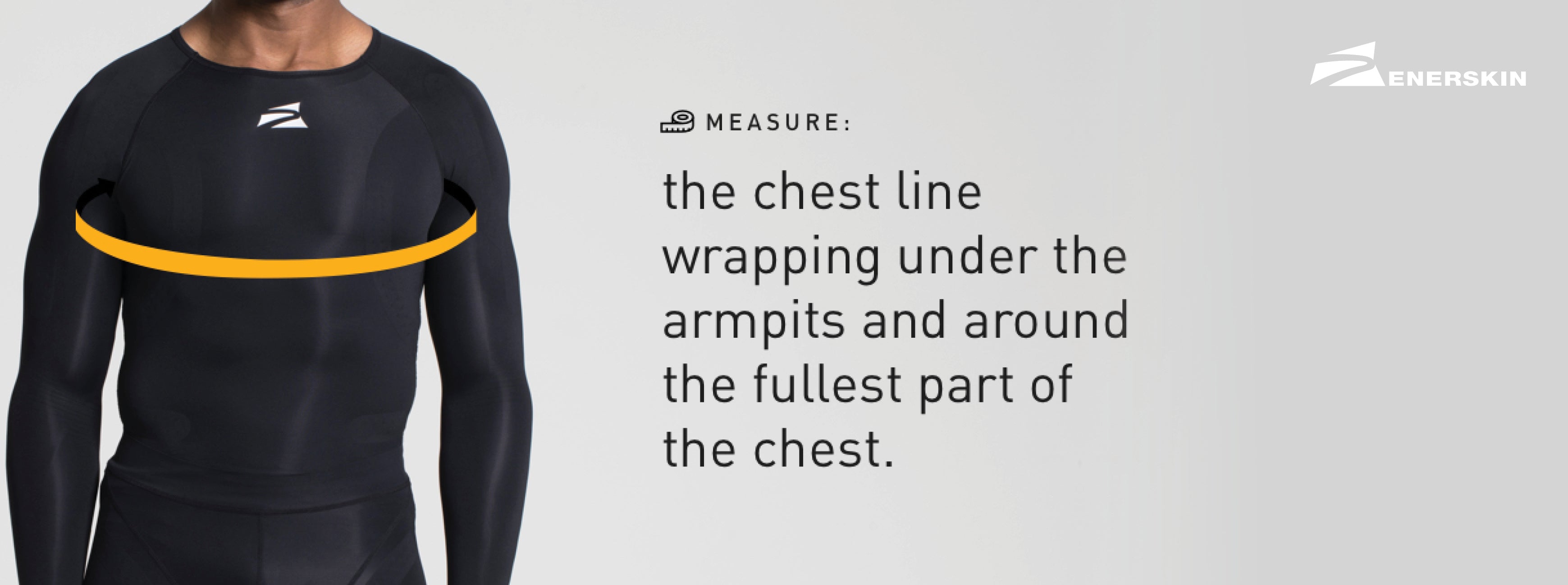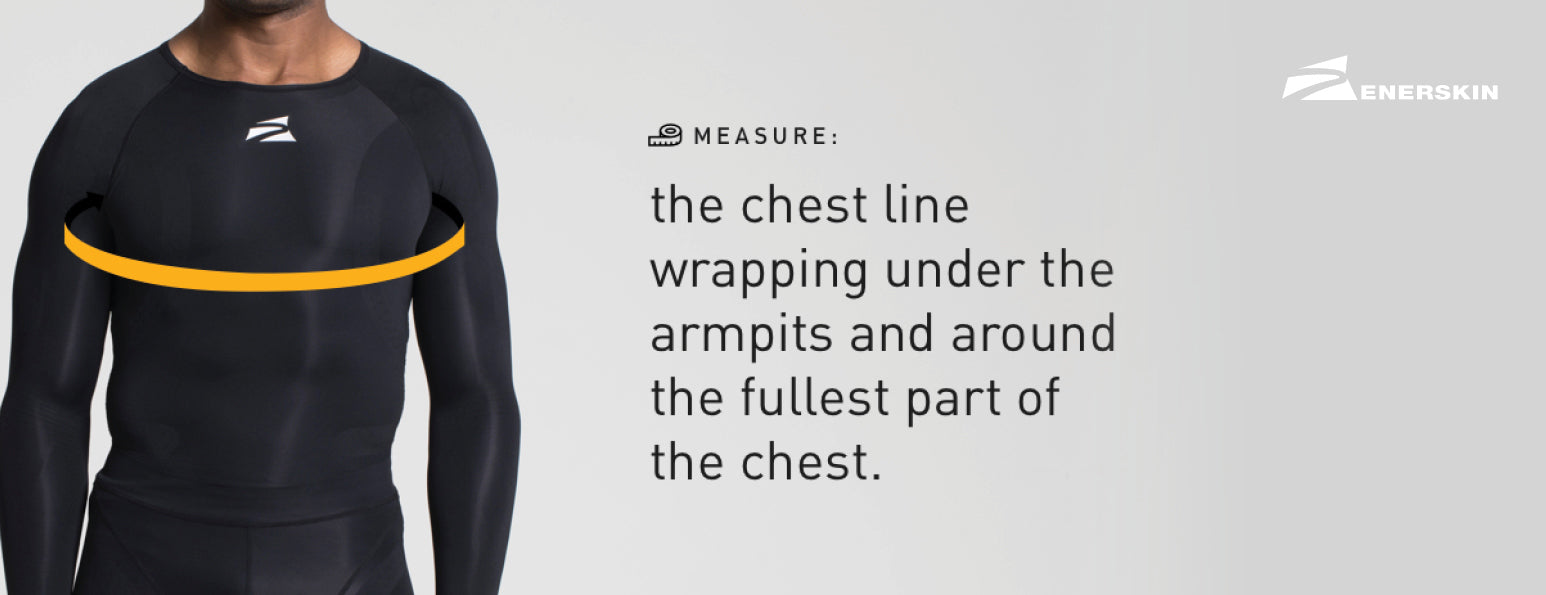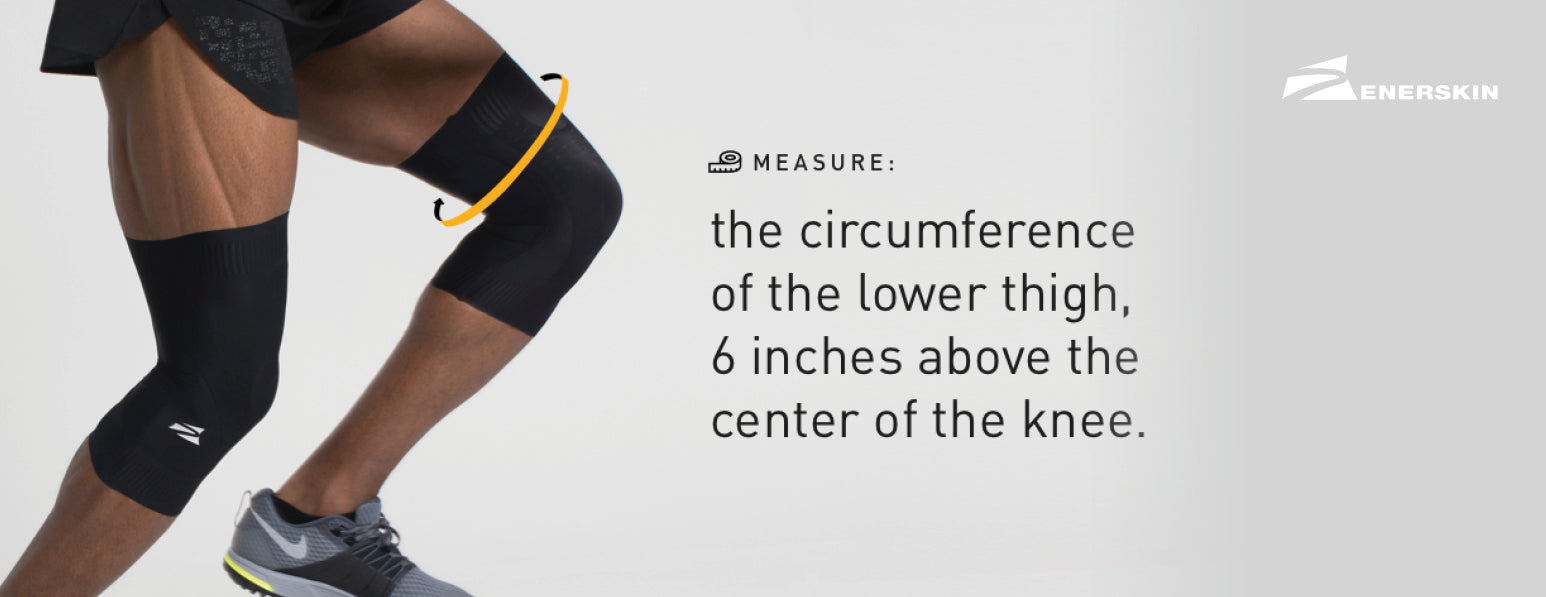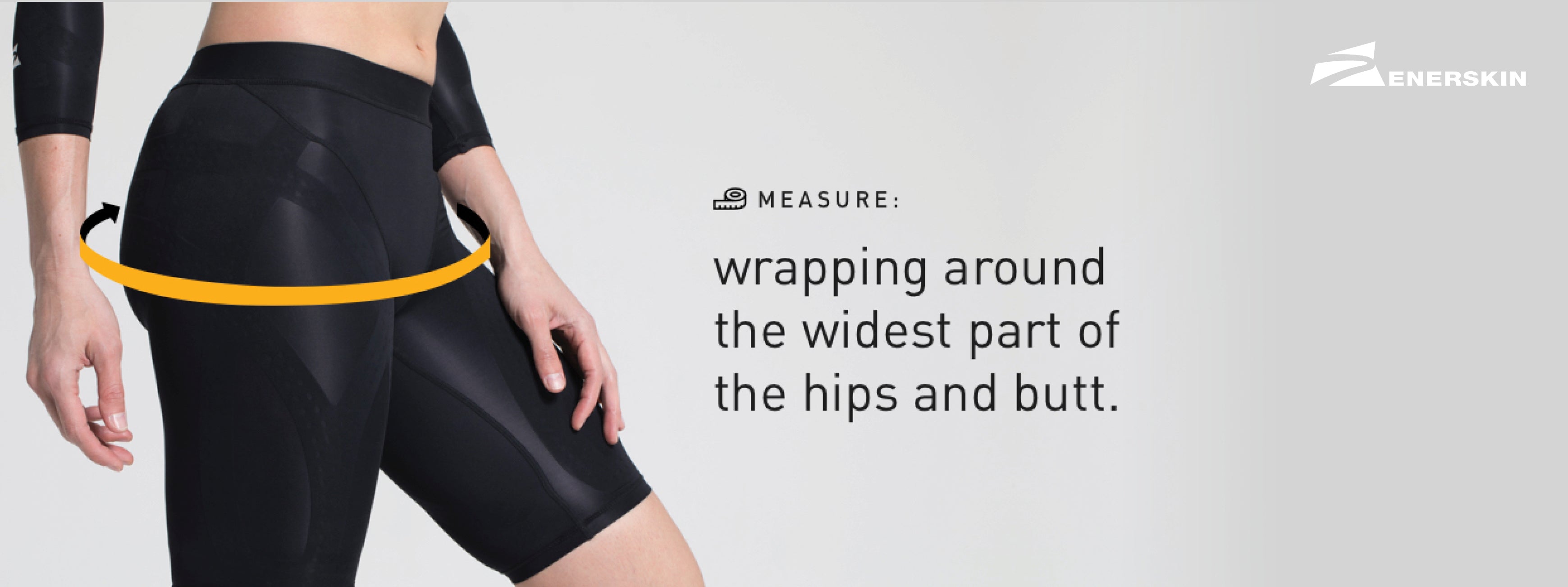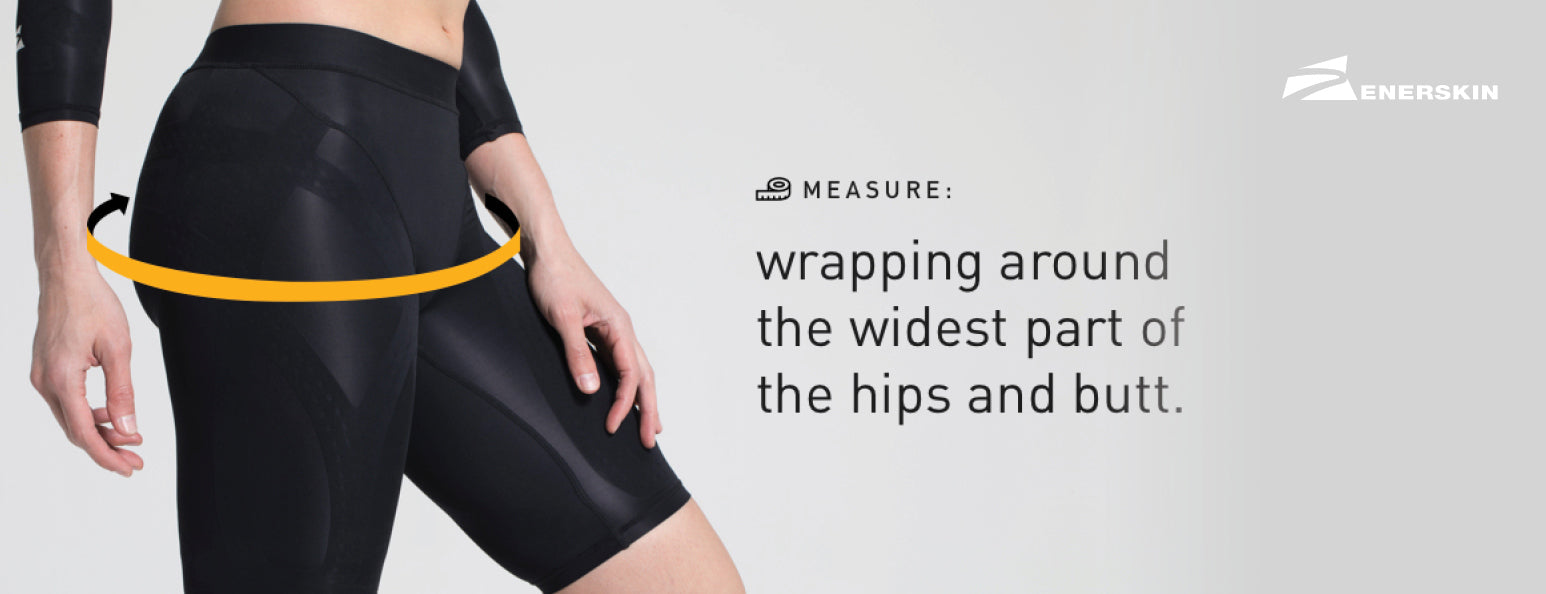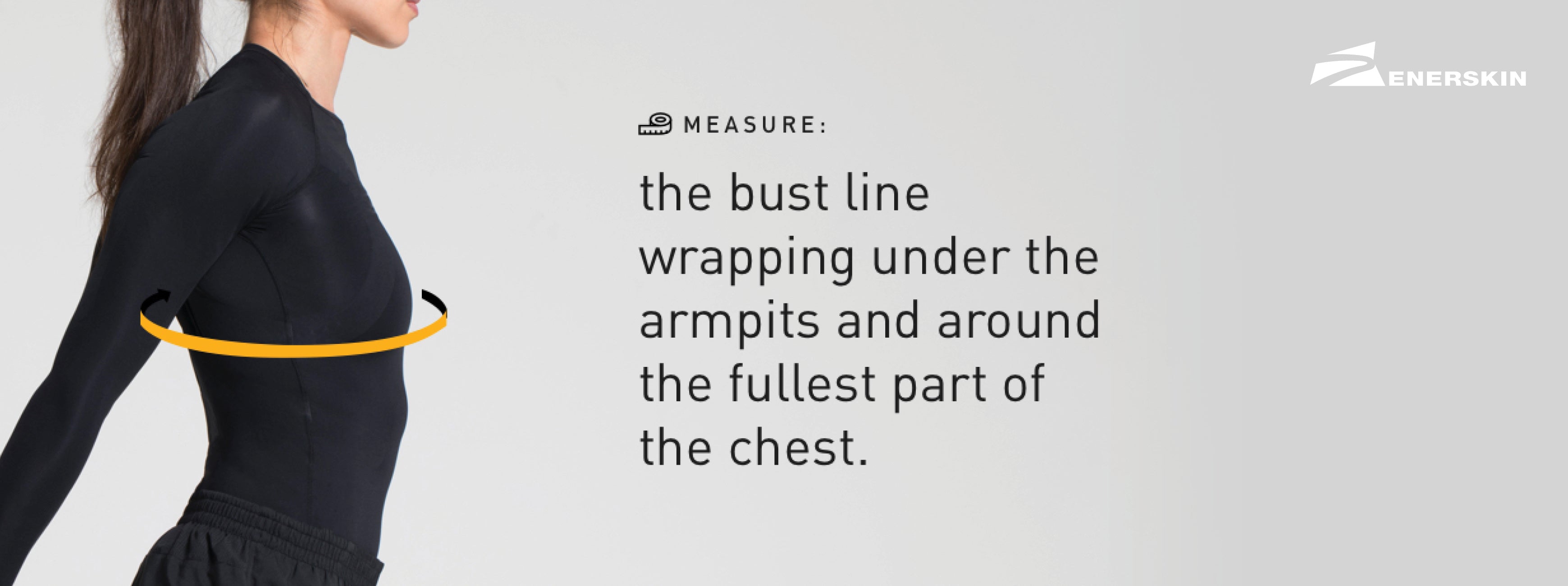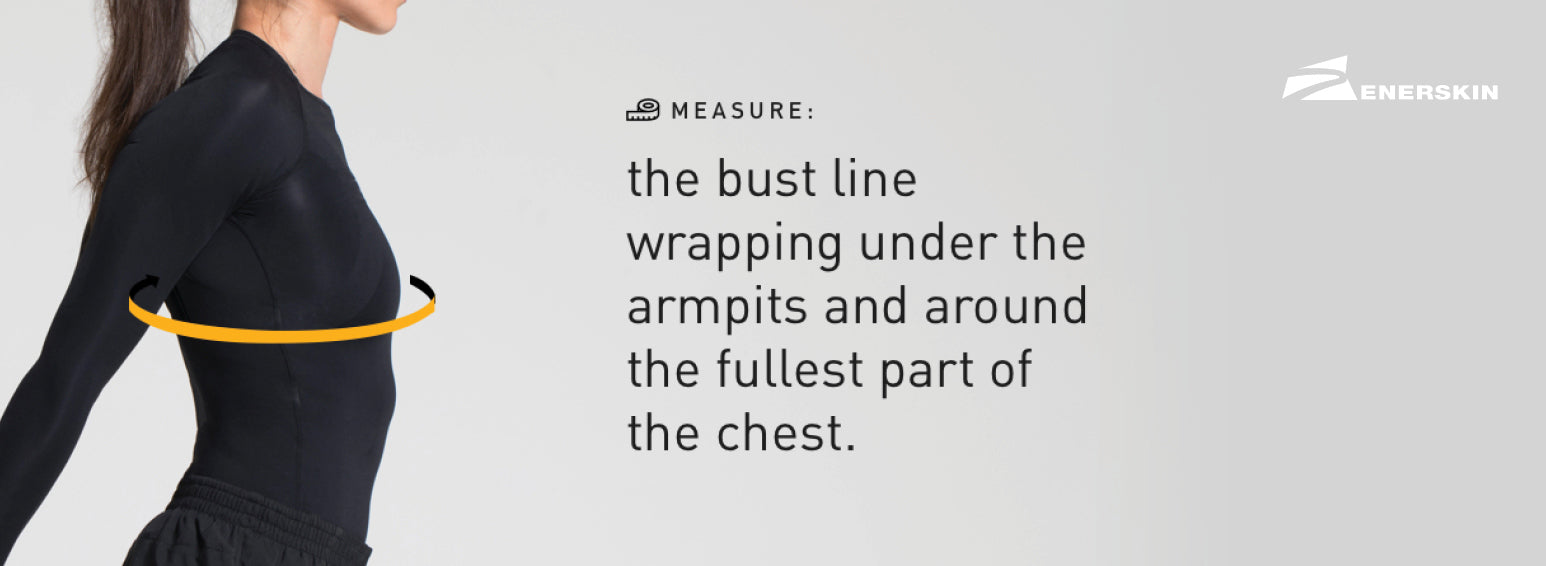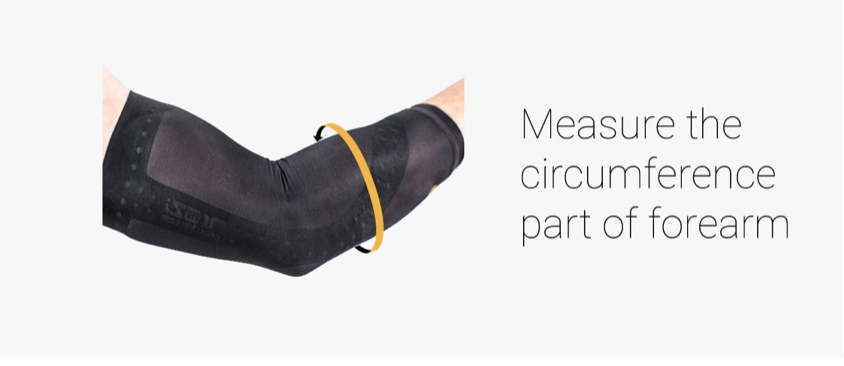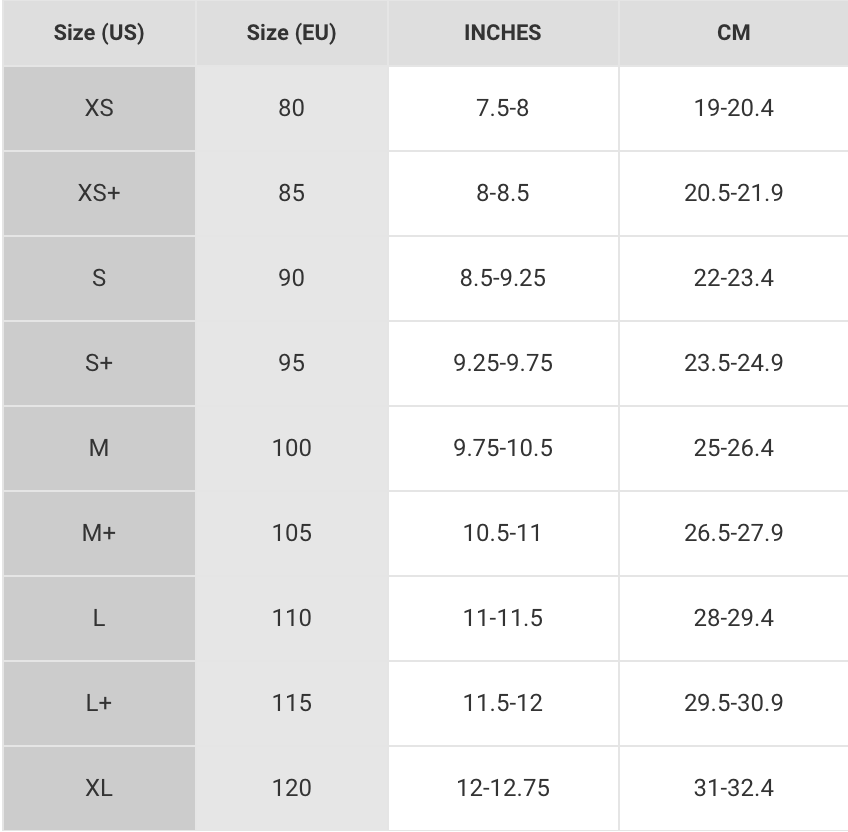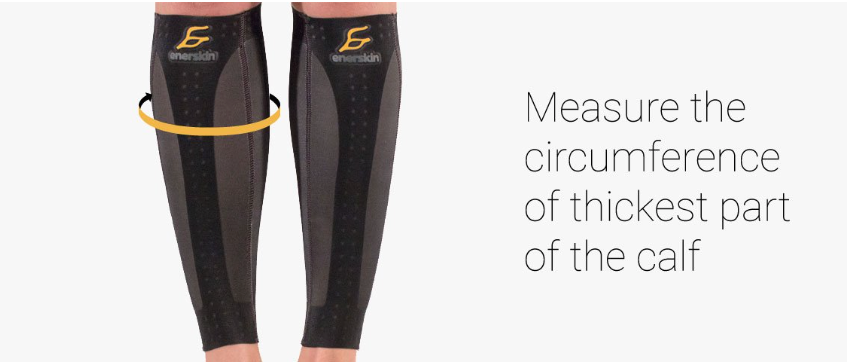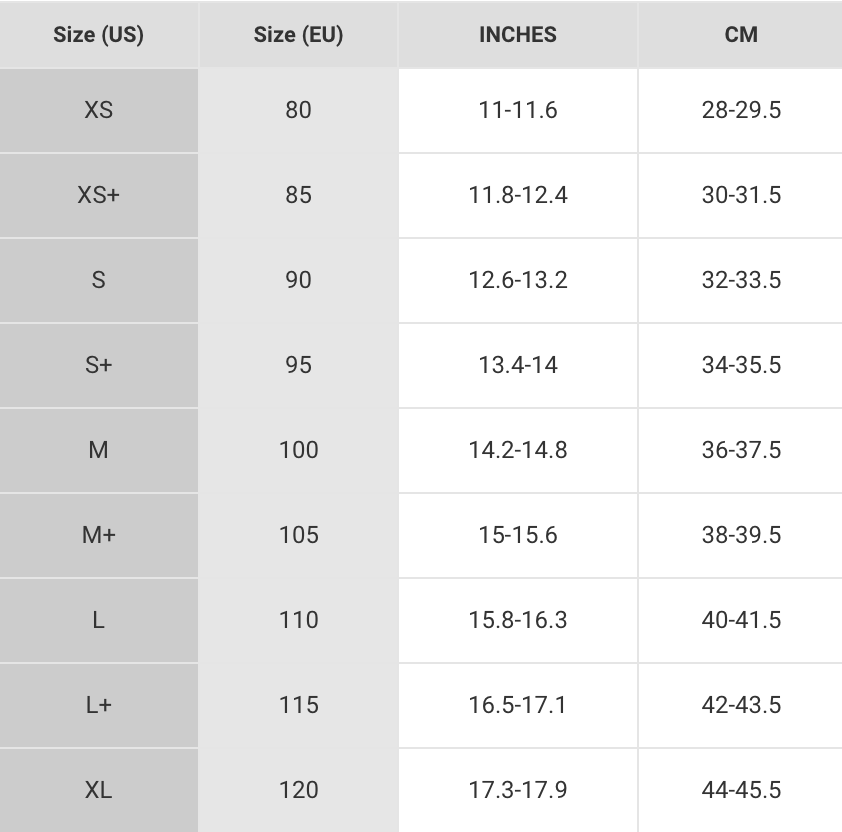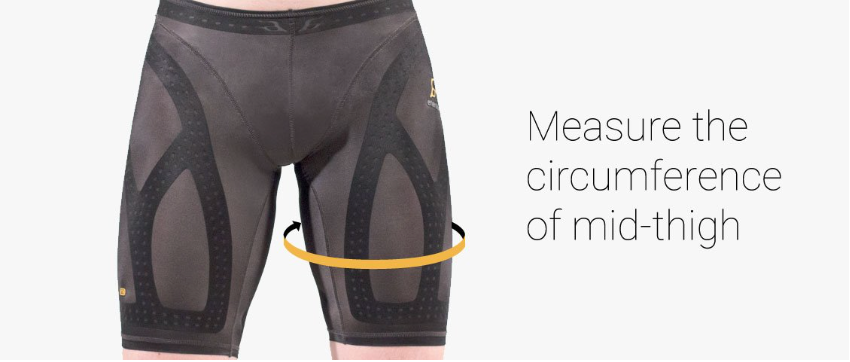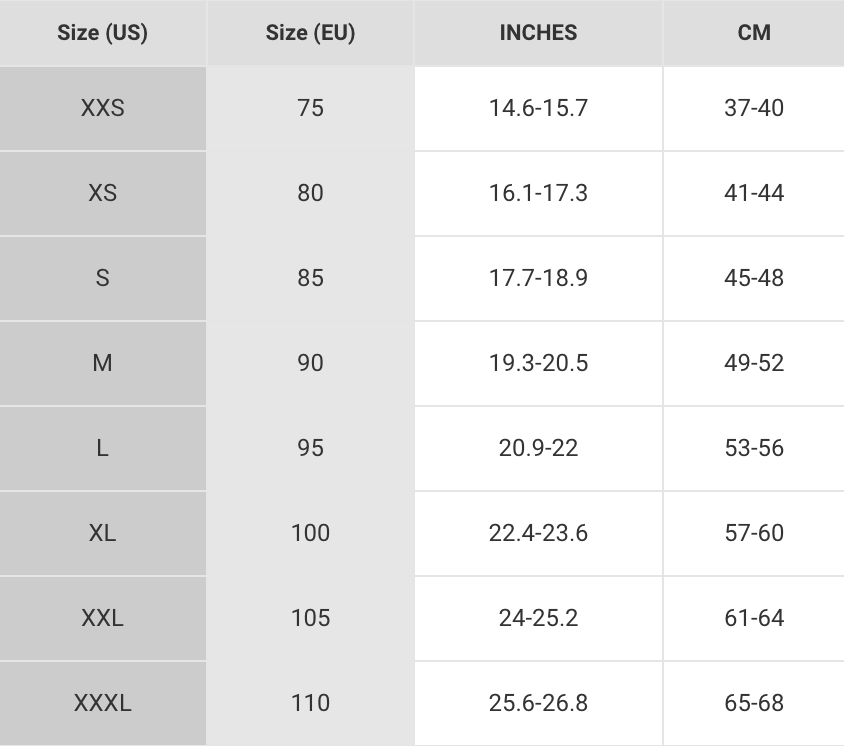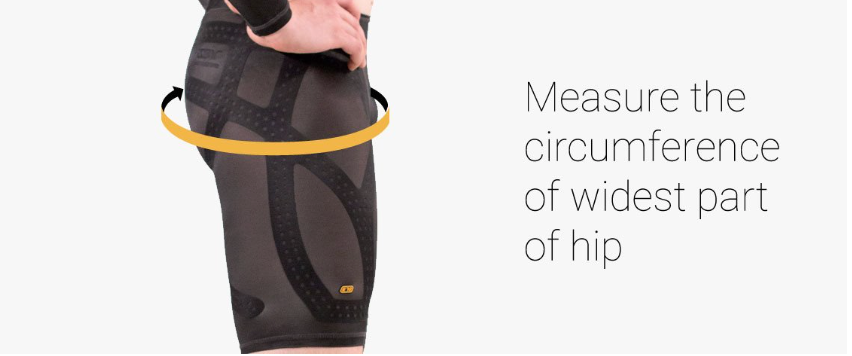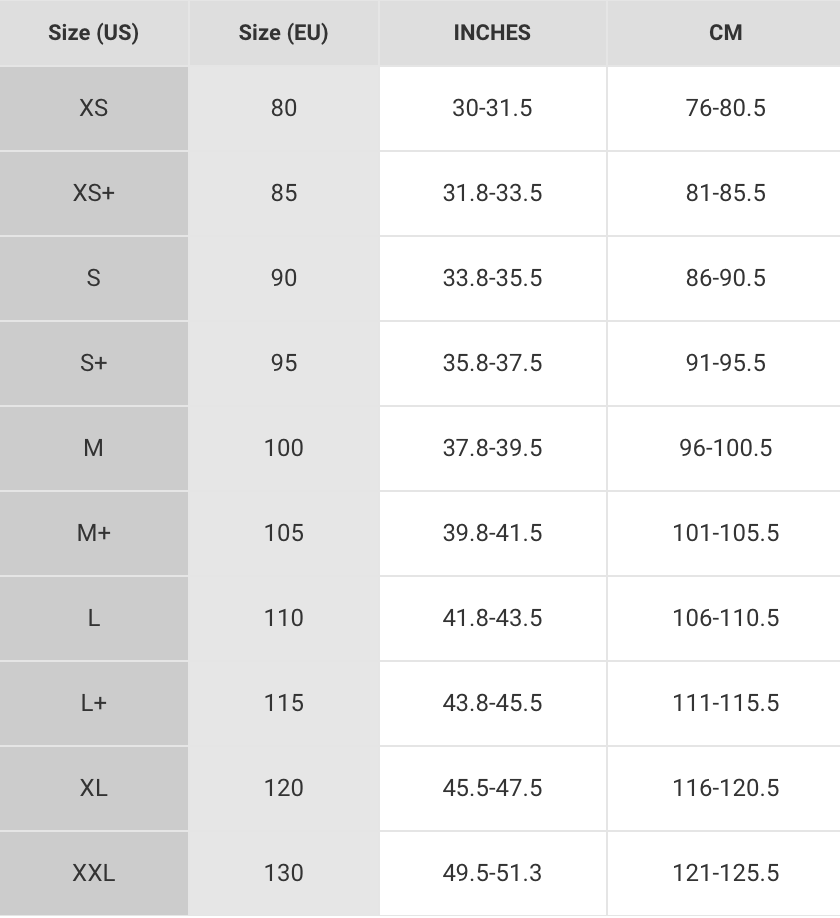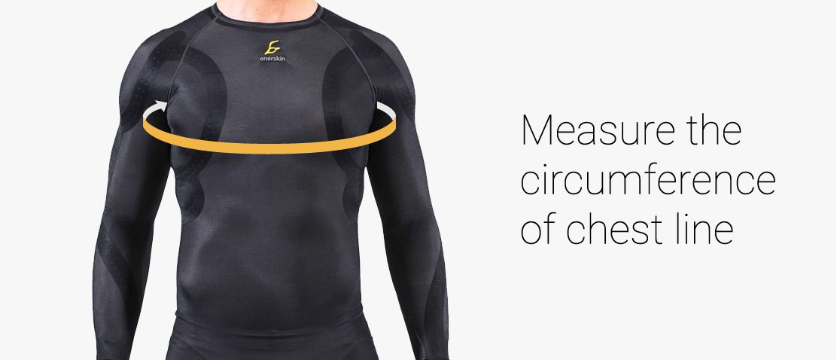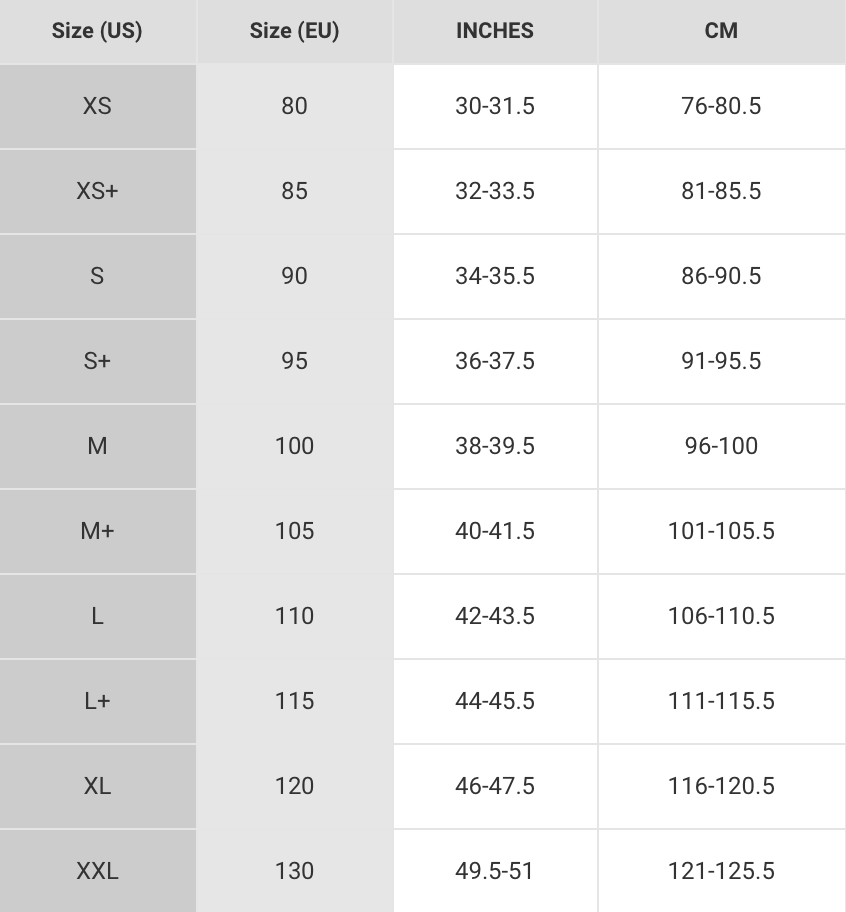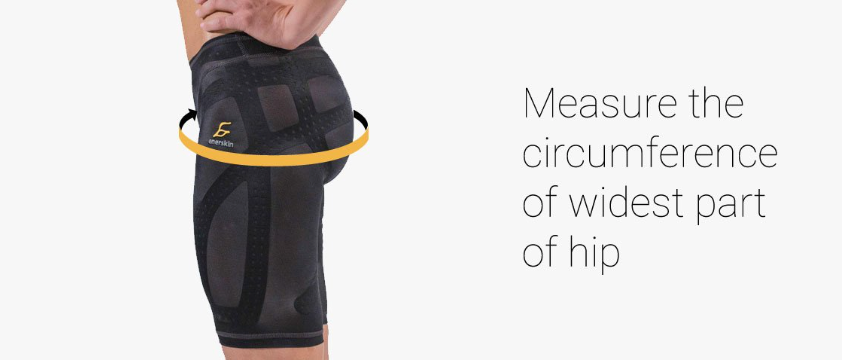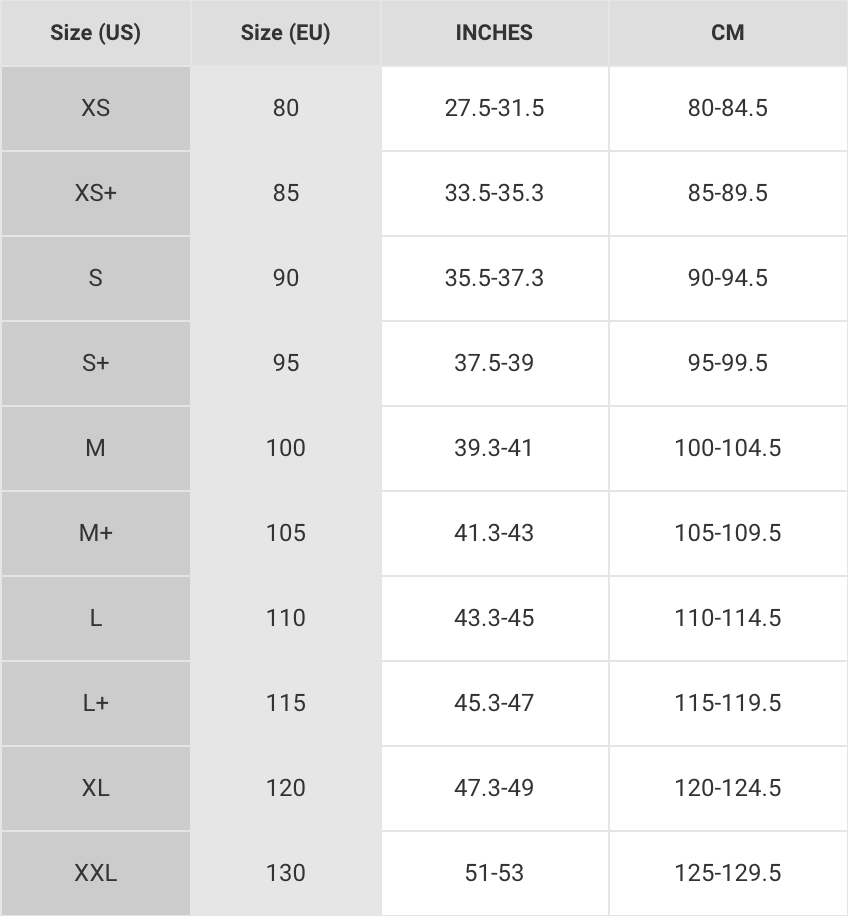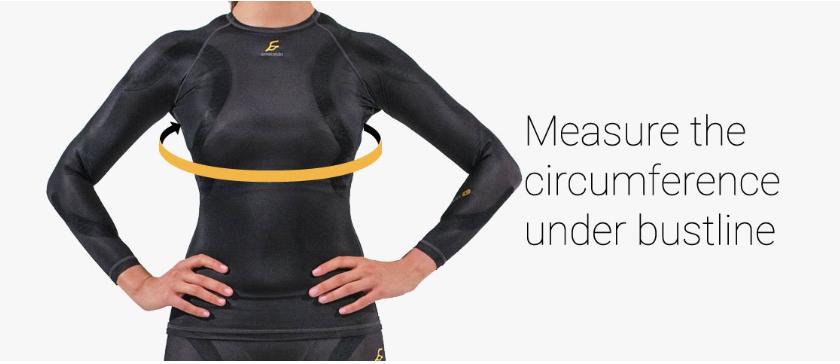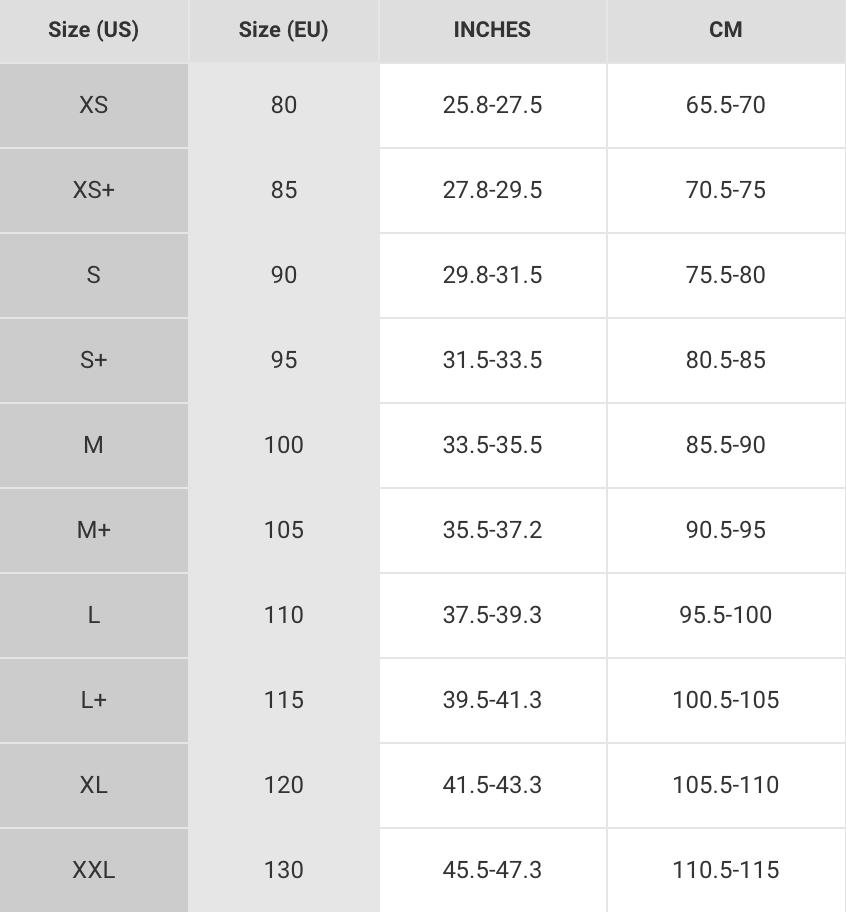How Does Compression Gear Work? Separating Fact From Fiction

Even if you don’t wear compression gear, you’ve seen it everywhere by now. It’s a staple of athletes from runners to football players to dancers. Just about every sportswear company out there is putting out their own, new version of compression gear that “increases performance.”
But what does that really mean? And where’s the proof?
What Science Says About “Compression Wear”
Compression wear as performance enhancer has been put to the test multiple times in medical literature, and results have been mixed. “The garments supposedly increase blood circulation and oxygen delivery for improved sport performance,” says Abigail Stickford, a researcher at the University of Texas Southewestern Medical Center in Dallas.
But when she tested lower-leg compression, running mechanics, and endurance in trained runners, she found that most compression gear on the market fails the litmus test. Not only does a lot of it not work, sometimes it’s even counterproductive. One trial revealed that compression wear was actually restricting blood flow to the calf of one runner.
Another survey, a composite study of 30 other studies on compression gear, discovered more favorable results. It found that compression wear supports muscles during explosive movements like sprinting, leaping, and twisting.
Clearly, there’s some conflicting information out there. What gives?
The problem lies in the product. It’s not that compression wear doesn’t work (since some studies have shown that it does)—it’s that a lot of compression wear doesn’t do what it claims to do. Most of the time it’s not really offering compression (not in the therapeutic medical sense—more on that later) and the creators know that. So they claim that it does other things that are much harder to disprove. Like regulate body temperature, or increase muscle performance.
We were interested in separating fact from fiction, and wanted to get to the bottom of this. We’ve mixed together four claims made about compression wear—some fact, some fiction. Can you tell the difference?
1. Regulates body temperature
One of the reasons everyone started wearing Under Armour when it first came out was because it was touted as a temperature regulator worn under your regular workout clothes (which is why it’s called “Under” Armour in the first place). But there’s little evidence that it achieves this in the way it’s marketed.
In fact, some studies have found that compression wear doesn’t regulate body temperature at all (meaning it doesn’t actually make your core body temperature higher), but it does make you sweat more. And while sweating more is a good thing, this isn’t unique to compression wear—if you were a second layer of workout clothes, you’d sweat more, period.
2. Increases muscle performance
Many sportswear companies will tout that their compression wear increases muscle performance without explaining what that means. Others will go so far as to say that their gear increases blood flow.
As it turns out, compression wear does help you perform better in the gym, but probably not in the way you think. Think about what a weight belt does. It doesn’t actually make your muscles do more work. Instead, it supports them (specifically your spine) while you’re doing demanding lifts, and prevents injury.
Does compression gear offer increased muscle performance? Not if it’s not providing real compression. And no, tights with stripes on them don’t count. If it’s medical-grade silicone taping, that would be a different story. There’s real evidence that it reduces muscle vibration and provides additional muscle support during workouts.
3. Makes you feel less sore
Oddly enough, one of the most well-documented and proven effects of real compression wear is also the least marketed. Kinesiology tape (also known as sports tape) is a silicone tape used by physical therapists has been shown to take the pressure off overused muscles, reduce swelling, and alleviate pain.
Researchers have linked sports tape with improved function in injured shoulders, necks, and elbows (just to name a few body parts). Sports tape has been used for decades to help athletes feel less sore and recover faster from injury.
Can any compression wear on the market make these claims? Not at all, since most compression wear is just glorified Spandex.
4. Boosts your confidence
One thing that all owners of compression wear can agree on is improved confidence. Most people feel better and more enthusiastic about workouts when they’re wearing some sort of compression gear. And it’s not exactly an open secret that they...tighten things up a bit and make them a bit more presentable.
In fact, if you were to survey people about why they purchased compression gear, I bet their top reason 70% of the time would be something like, “It just makes me feel better when I wear it.” It’s probably why Under Armour’s stock has risen nearly 20% with Steph Curry’s resigning.
So, does compression wear work?
Yes, and no. Most compression wear works in some ways, but often not as advertised. And as we’ve shown, the ways in which works are often negligible compared to the lofty claims of marketers.
If you want to look good when you work out, most of the compression gear on the market can help you with that. But if you’re looking for actual improved performance, make sure the claims about your compression gear are supported by facts, and not just red stripes.
you may also like

